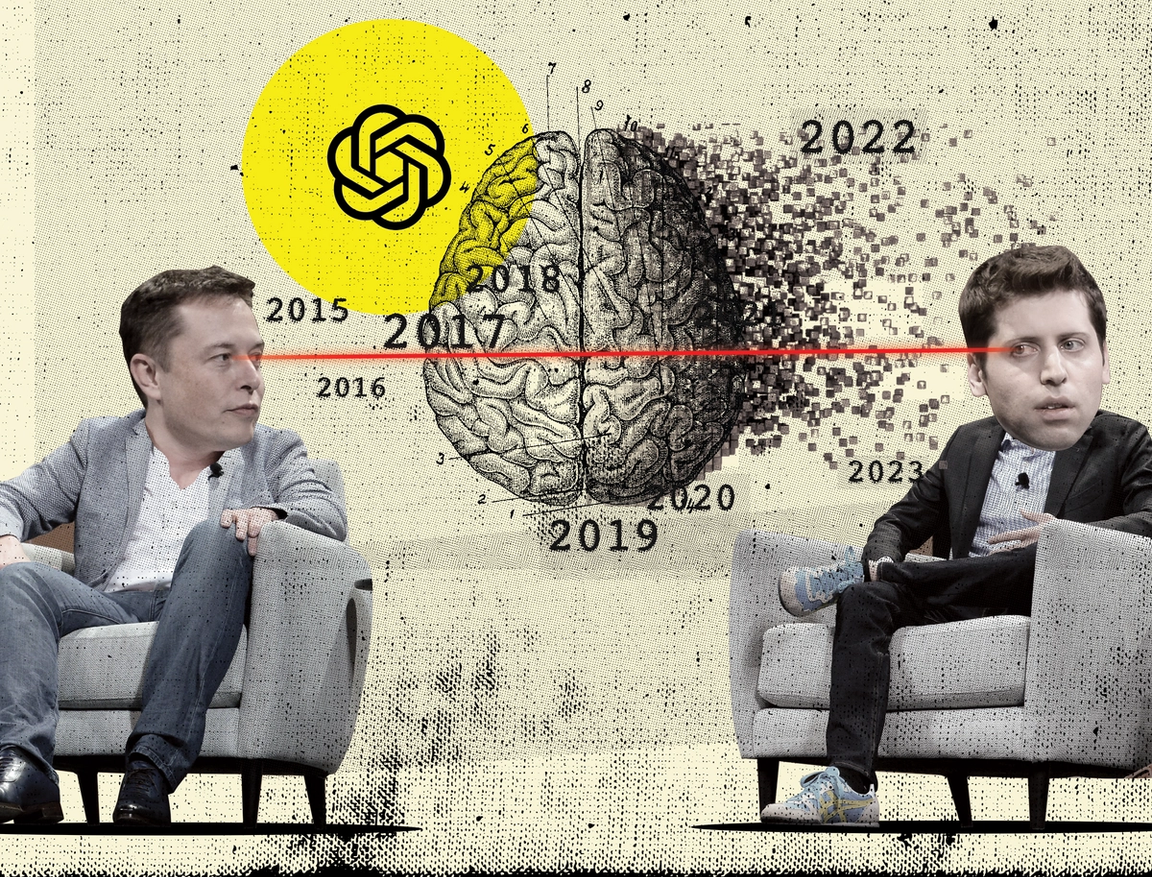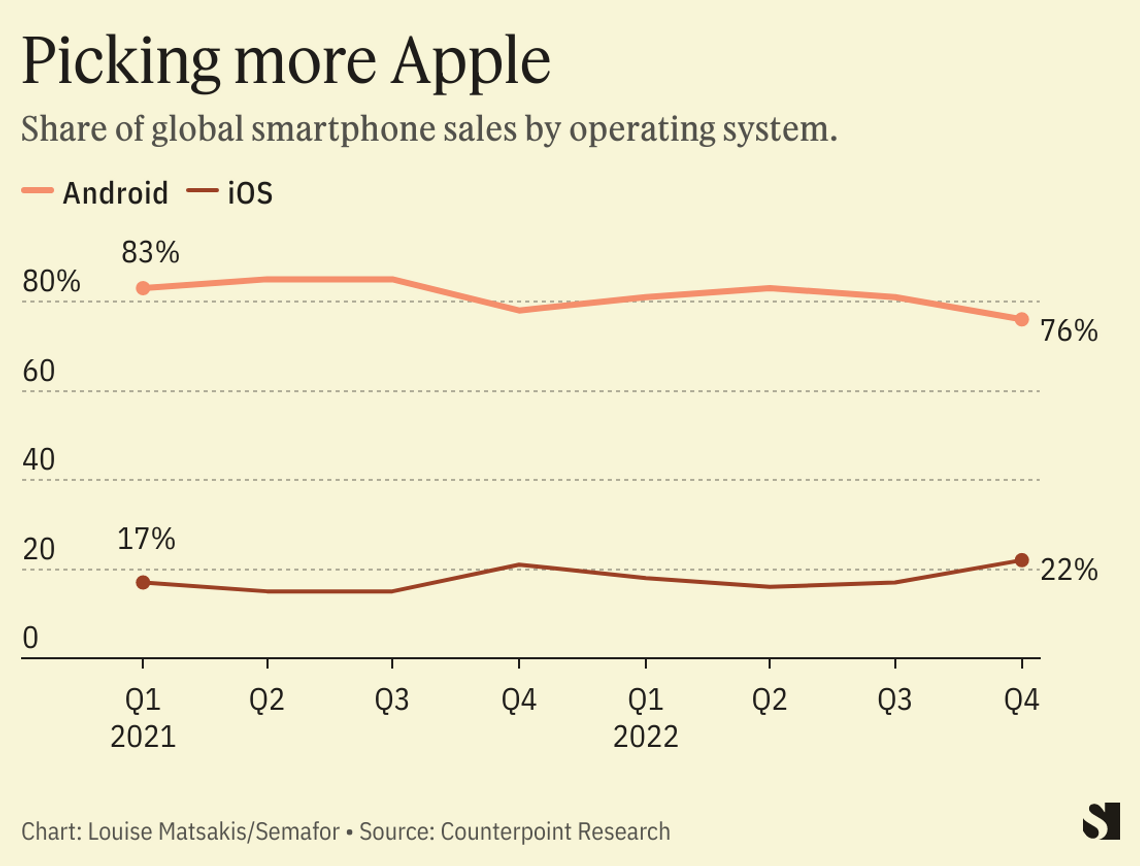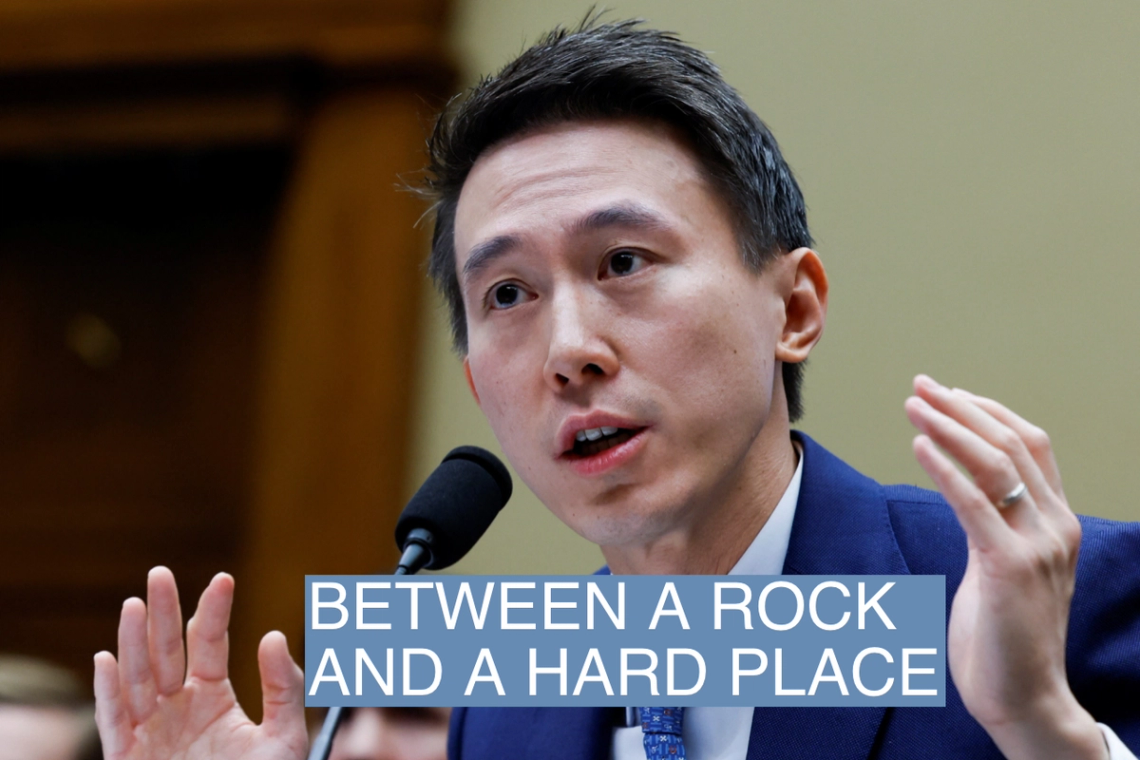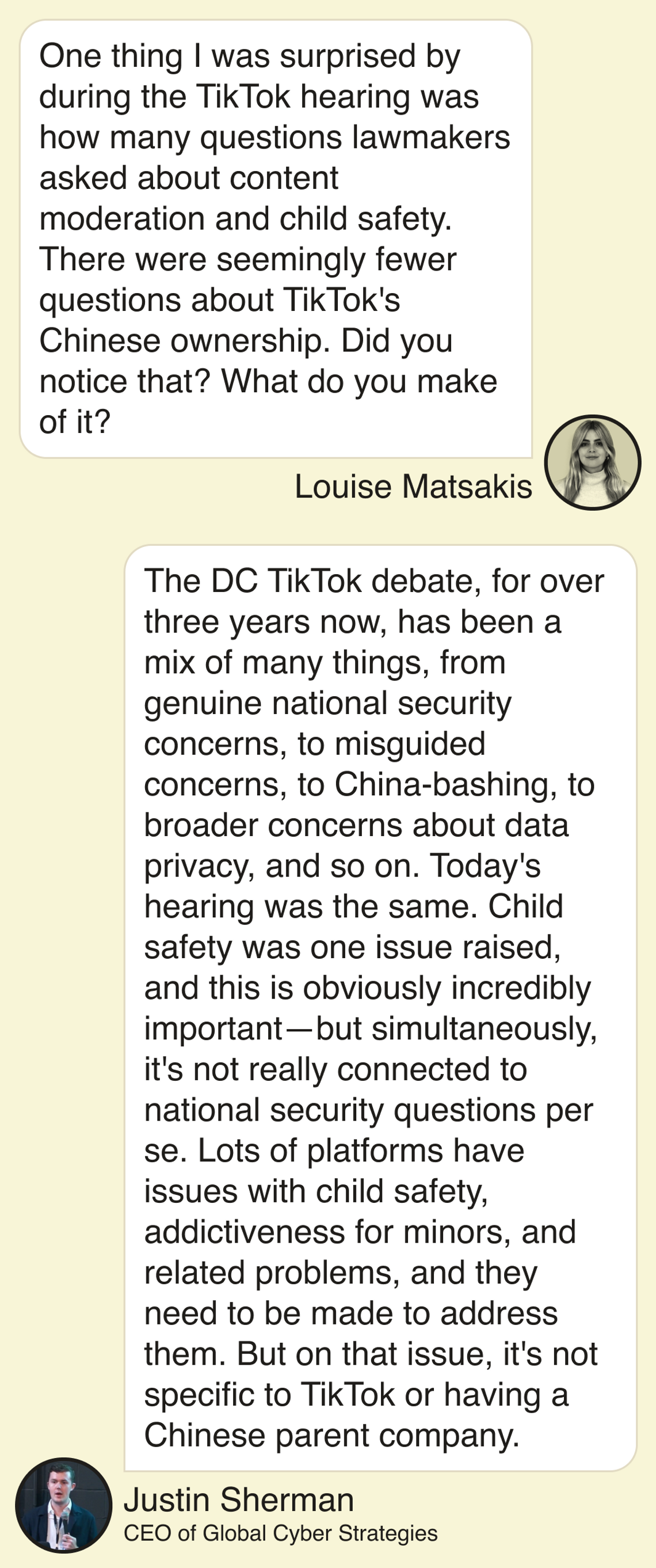 Semafor/Al Lucca Semafor/Al LuccaTHE SCOOP After three years, Elon Musk was ready to give up on the artificial intelligence research firm he helped found, OpenAI. The nonprofit had launched in 2015 to great fanfare with backing from billionaire tech luminaries like Musk and Reid Hoffman, who had as a group pledged $1 billion. It had lured some of the top minds in the field to leave big tech companies and academia. But in early 2018, Musk told Sam Altman, another OpenAI founder, that he believed the venture had fallen fatally behind Google, people familiar with the matter said. And Musk proposed a possible solution: He would take control of OpenAI and run it himself. Altman and OpenAI’s other founders rejected Musk’s proposal. Musk, in turn, walked away from the company — and reneged on a massive planned donation. The fallout from that conflict, culminating in the announcement of Musk’s departure on Feb 20, 2018, would shape the industry that’s changing the world, and the company at the heart of it. The conflict would also create a public rift between the two most important players in technology today, Musk and Altman. Semafor spoke to eight people familiar with the inside story, and is revealing the details here for the first time. KNOW MORE But in 2018, there was no reason to think that either the impulsive Musk or quirky, quiet Altman would become so central to the Silicon Valley narrative, even if they were already among its most prominent names. Musk, for one, had other headaches. Tesla was struggling to keep up with production goals of its Model 3 sedan and the stock was tanking, threatening the company’s future. Greg Brockman, a co-founder who was chief technology officer at that time, also opposed Musk’s takeover as did others at OpenAI. A power struggle ensued, according to people familiar with the matter. Altman, who also ran the powerful startup accelerator YCombinator, stepped in. According to tax documents, he added president to his title in 2018, in addition to being a director. Musk then stepped down from OpenAI’s board of directors. Publicly, he and OpenAI said the reason for his departure was a conflict of interest. Tesla, which was developing its own artificial intelligence for autonomous driving, would be competing for talent with OpenAI. There was some truth to that rivalry. Tesla had already poached one of OpenAI’s best minds, Andrej Karpathy, who became the architect of Tesla’s autonomous driving program. But few people at OpenAI believed Musk was leaving for that reason, and a speech he gave at OpenAI’s offices at the time of his departure, which focused mainly on the potential conflict of interest, was not received well by most employees, who didn’t entirely buy the story. An OpenAI announcement said Musk would continue to fund the organization, but Musk did not, according to people familiar with the matter. He had promised to donate roughly $1 billion over a period of years (he had already contributed $100 million), but his payments stopped after his departure, people familiar with the matter said. That left the nonprofit with no ability to pay the astronomical fees associated with training AI models on supercomputers.  Reuters/NTB/Carina Johansen Reuters/NTB/Carina JohansenThat fall, it became even more apparent to some people at OpenAI that the costs of becoming a cutting edge AI company were going to go up. Google Brain’s “transformer” had blown open a new frontier, where AI could improve endlessly. But that meant feeding it endless data to train it — a costly endeavor. OpenAI made a big decision to pivot toward these transformer models. On March 11, 2019, OpenAI announced it was creating a for profit entity so that it could raise enough money to pay for the compute power necessary to pursue the most ambitious AI models. “We want to increase our ability to raise capital while still serving our mission, and no pre-existing legal structure we know of strikes the right balance,” the company wrote at the time. OpenAI said it was capping profits for investors, with any excess going to the original nonprofit. Altman also made an unusual decision for a tech boss: He would take no equity in the new for-profit entity, according to people familiar with the matter. Altman was already extremely wealthy, investing in several wildly successful tech startups, and didn’t need the money. He also believed the company needed to become a business to continue its work, but he told people the project was not designed to make money. Eschewing any ownership interest would help him stay aligned with the original mission. But that decision actually turned off some potential investors in OpenAI, who worried that Altman didn’t see upside in the project. Less than six months later, OpenAI took $1 billion from Microsoft, which could provide not just funding but infrastructure know-how. Together they built a supercomputer to train massive models that eventually created ChatGPT and the image generator DALL-E. The latest language model, GPT-4, has 1 trillion parameters. When ChatGPT launched in November, OpenAI instantly became the hottest new tech startup, forcing Google to scramble to play catchup. Musk was furious, according to people familiar with the matter. In December, a month after the launch of ChatGPT, Musk pulled OpenAI’s access to the Twitter “fire hose” of data — a contract that was signed before Musk acquired Twitter. On Feb. 17, he tweeted “OpenAI was created as an open source (which is why I named it “Open” AI), non-profit company to serve as a counterweight to Google, but now it has become a closed source, maximum-profit company effectively controlled by Microsoft.” On March 15, he tweeted, “I’m still confused as to how a non-profit to which I donated ~$100M somehow became a $30B market cap for-profit. If this is legal, why doesn’t everyone do it?” OpenAI declined to comment. Musk didn’t respond to a request for comment but on Friday, he tweeted “I’m sure it will be fine” and a meme of Elmo with the words: “Me realizing AI, the most powerful tool that mankind has ever created, is now in the hands of a ruthless corporate monopoly.” On Thursday, The Information reported that Shivon Zillis, an OpenAI board member, had stepped down. Zillis, who gave birth to Musk’s twins, did not respond to requests for comment. REED’S VIEW The dispute between Musk and OpenAI has little to do with its status as a for-profit entity. Instead, OpenAI has put Google on its heels and Musk has nothing to do with the hottest thing in tech. Knowing that he played a crucial role in its founding, and chose to walk away, can only sting more. Musk now aims to launch his own AI startup. But he’ll be coming from behind and saddled with the costly distraction that is Twitter. (Not to mention Tesla and SpaceX). Most founder disputes revolve around money and credit for an idea. For Musk, who is at times the world’s richest person, it seems it’s more about ego, power and, I believe, his genuine desire to safely usher in the era of artificial intelligence. (He may believe he’s the only person who can do it.) For Altman, it’s not about money, either. One of the most surprising things in all of this is that he does not own even a tiny piece of OpenAI, which highlights the unusual nature of this company and the entire AI industry. It’s personal for him too, because his new role as CEO of OpenAI is a comeback story. “I failed pretty hard at my first startup--it sucked!--and am doing pretty well on my second,” he tweeted last month.. “The thing i wish someone told me during the first one is that no one else thinks about your failures as much as you do, and that as long as don’t psych yourself out you can try again.” Altman won’t make any money on his new startup, but he’s earned himself a place in history. NOTABLE - OpenAI has changed a lot over the years and this piece in MIT Technology Review — which got special access to the company — explores whether it is staying true to its mission.
- Sam Altman was profiled in depth in this 2016 New Yorker article, which offers some good insight into the company’s early days.
- Come for the fateful dinner at the Rosewood Hotel where OpenAI was first dreamed up, stay for the Napa Valley courtship, described in this Wired article where nine out of ten AI whizzes agree to become founding researchers at OpenAI.
| 








